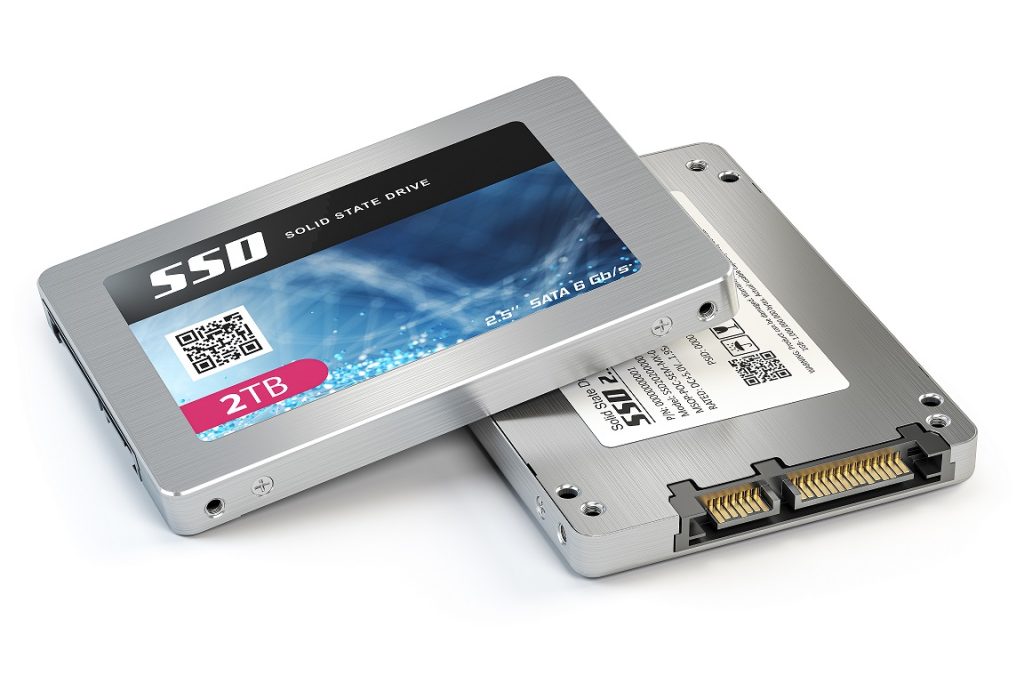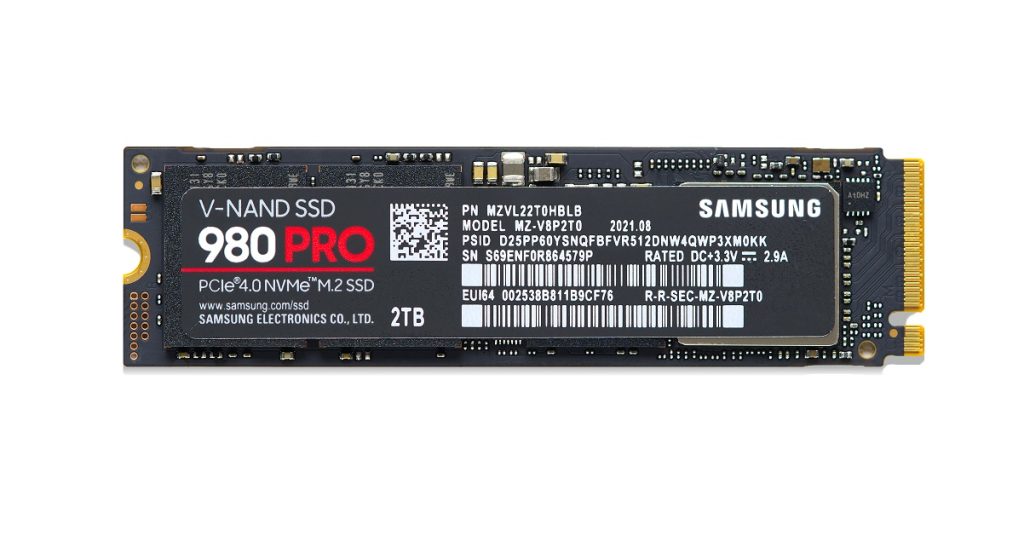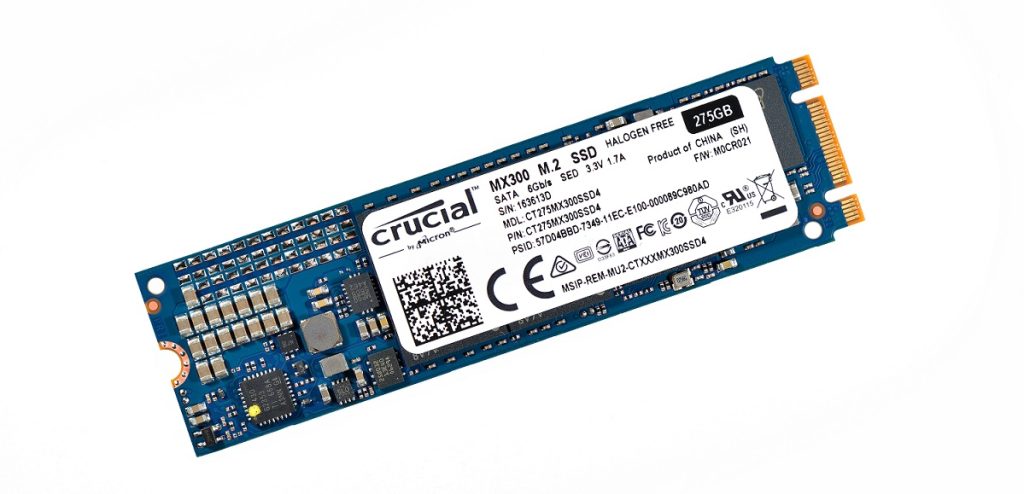SSD vs NVMe vs M.2 Drives: How To Pick the Right One?
The most significant improvements in the era of storage device types are Solid State Drives (SSDs), NVMe SSDs, and M.2 drives, which run faster than older internal Hard Disk Drives (HDD) while being more secure with newer encryption technology.
In our detailed guide, we explain what’s involved in the distinction between SSD vs NVMe vs M.2 drives. So, when upgrading your computer or laptop, stay up-to-date on which drives to buy for extra storage.
What is SSD (Solid State Drive)?

SSDs are the future generation of storage technology. They have now started surpassing HDD (hard disk drive). SSD makes your computer snappier and more responsive in almost every way and raises the dramatic performance level.
Unlike HDDs, which store the data on a spinning inscribed disk similar to that of one’s credit card, SSDs use flash memory like our regular USB flash drive.
What is NVMe SSD?

Read and write speeds from NVMe SSDs are much higher than HDD or the regular SATA-based solid-state drive because it uses the faster PCIe bus and does not go through a SATA interface like in traditional hard drives.
Compatible with data centres and high-performance computing application fields, low latency NVMe SSDs have three times the write performance of 8 Gbps drives capable of meeting demanding tasks associated with video editing, gaming system graphic intensive applications, and large transfers.
NVMe drives plug directly into the PCIe lanes on your motherboard, eliminating the potential bottleneck of using SATA as an IO interface.
What is M.2 Drive?

An M.2 drive, or NGFF (Next Generation Form Factor), is a small card that stores hard drives such as SSDs and NVMe SSDS. Being smaller than traditional drives and even ordinary 2.5-inch SSDs, M.2 are an excellent choice for laptops, thin PCs or devices short on space.
M.2 drives can support both SATA and PCIe interfaces. SATA M.2 drives have similar performance to traditional SSDs, but PCIe M.2 drives–especially those using the NVMe protocol; provide much superior speeds for power users engaged in video editing and gaming uses-able where extreme speed is a premium over capacity.
You can use this fine product, like m.2 2230 or m.2 2280, as it is compatible with your device!
Making the Right Choice:
Choosing between a standard and fastest SSD (NVMe drive) or M.2 depends on your performance requirements and budget.
- Performance Needs: If your activities involve high-intensity tasks like professional video editing, advanced graphic designing, or competitive gaming, an NVMe m.2 is recommended for its superior data transfer speeds. For everyday tasks such as web browsing, document editing, or standard office applications, a traditional SSD or an M.2 drive will efficiently meet your needs.
Using tools like RoboCopy also has a good impact on file performance.
- Budget: High-capacity models of NVMe SSDs can command higher prices than typical SSDs. Think about the budget when making a choice.
- Compatibility: Before purchasing, ensure your motherboard can accommodate the type of drive you wish to buy. Options include standard SSDs, NVMe drives, and M.2 drives in various sizes or speeds.
- Use Case: Think about your plans for using up storage. If you have a large file that requires instant access, or if you’re really into gaming, the speed advantages of NVMe drives are worth it. On the other hand, these kinds of general tasks, such as web browsing or document editing, do not need hard drives like NVMe or M.2. You will be OK with a standard SSD.
Difference Between SSD vs NVMe vs M.2 Drives:
The evolution of data storage has introduced three popular options: SSD vs NVMe vs M.2 drives.
Aspect | SSD (Solid State Drive) | NVMe SSD | M.2 Drive |
Technology | Flash-based NAND memory | Flash-based NAND memory | Form factor, accommodates SSDs and NVMe drives |
Speed | Faster than HDDs | Significantly faster than SSDs | Varies based on drive type |
Durability | Highly durable, no moving parts | Highly durable, no moving parts | Highly durable, no moving parts |
Energy Efficiency | Low power consumption | Low power consumption | Low power consumption |
Form Factor | 2.5-inch, various sizes | Various form factors, often M.2 | Compact M.2 form factor |
Speed Comparison | Fast, but slower than NVMe | Extremely fast, outpaces SSDs | Varies based on type |
Low Latency | Moderate | Very low latency | Varies based on type |
Heat Management | Generates less heat than HDDs | May require advanced cooling solutions | Generates moderate heat |
Ease of Installation | Standard installation | Standard installation | Relatively easy to install |
Compatibility | Widely compatible with most systems | Requires compatible motherboard slot | Requires compatible motherboard slot |
Use Cases | General computing tasks, budget-friendly | Resource-intensive tasks, demanding applications | Compact systems, versatility |
When to Choose SSD vs NVMe vs M.2 Drives:
When you decide to upgrade or buy a new type of storage device for your computer, it is vital that you are aware not only of the differences between M.2 cards and SSDs but their advantages as well.
- Choose SSDs: Performance and price action If you are looking for a reliable, low-cost storage solution, go with traditional SSDs. They are good all-around choices for general computing applications, improving HDDs significantly.
- Choose NVMe Drives: When you require lightning-fast access to data for resource-intensive applications such as video editing, gaming or massive amounts of raw data, SSDs are your best bet. Just be sure they have the NVMe standard. NVMe drives are fast and have low access latency.
- Choose M.2 Drives: If you want a small, wire-free option to host SSDs and NVME drives, look at M.2 cards. They are ideal for small form-factor PCs and laptops with tight space.
The choice to go M.2 vs NVMe will depend on your needs, budget and compatibility with the system. Pick wisely; you want an optimal computing experience.
Conclusion
The selection between SSDs, NVMe-SSDs, and M.2 drives depends on your situation and budgetary considerations. All three choices greatly exceed conventional HDDs regarding speed, reliability and energy consumption.
By considering your likely performance needs and testing for compatibility, you can judge which option is most suitable to enhance this whole computing experience.
